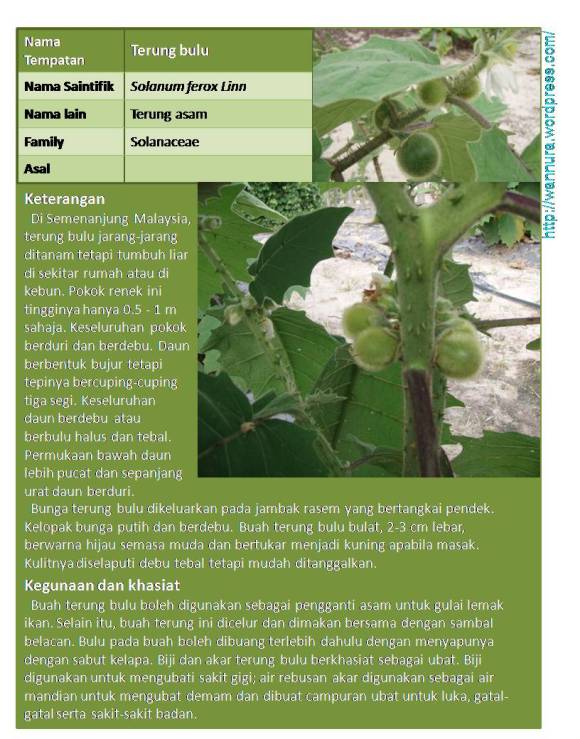[amazon_link asins=’1623361869,B008RMY4EG,B01LHNWLMS,B000MCH05E,B06XFYQFP5,1555423639,0820315311,B01DKPQ8F2,B06XKZGDYH’ template=’ProductCarousel’ store=’finmeacur-20′ marketplace=’US’ link_id=’b5df51c0-9e90-11e7-80eb-876a877fec71′]
[amazon_link asins=’B01LJCB8BM,B06W5C28ZB,B018KUJEFS,B018K72JSK’ template=’ProductCarousel’ store=’finmeacur-20′ marketplace=’US’ link_id=’8e8291c6-408c-11e7-bc13-2ff07ec634e1′]
Botanical Name: Meyna spinosa Roxb.
Family: Rubiaceae
Subfamily: Ixoroideae
Tribe: Vanguerieae
Genus: Meyna
Kingdom: Plantae
Clade: Angiosperms
Clade: Eudicots
Clade: Asterids
Order: Gentianales
Synonyms : Vangueria spinosa (Roxb. ex Link) Roxb.; Vangueria spinosa var. mollis Hook. f.; Pyrostria spinosa (Roxb. ex Link) Miq.; Vangueria miqueliana Kurz ; Vangueria mollis Wall.; Vangueria stellata Blanco.
Common names: Mainakanta, Madan, Maniphal
Vernacular names in other Languages :
Bengali : Mainakanta, Maniphal, Madan | Sanskrit : Pinditaka | Hindi : Maniphal, Pundrika | Tribal : Serali | English : Voavanga | Other Languages : Manakkarai (Tam.) ; Cegagadda (Tel.) ; Moltakanta (Ori.)
Habitat :Mainakanta is native to tropical Asia & Africa.It grows in hot and humid climate with a slightly acidic to neutral (pH 6.3-7.3) soil condition.
Description:
Meyna spinosa Roxb is a thorny bushy shrub. The plant has straight, sharp spines and whorled green leaves arranged in opposite manner. Flowering season starts in late spring and lasts until early summer. It is distributed in India, Bangladesh, Nepal and also found in the plain lands of Java and Myanmar. In Bangladesh it is known as ‘Moyna’. Fruits of M. spinosa are reported to contain sugar, gum and tannic acid whereas the seeds contain esters of palmitic, stearic, oleic and linoleic acids.
Medicinal Uses:
Chemical constituents: The present study was undertaken to investigate the antibacterial and cytotoxic activity of the ethanol extract of Meyna spinosa stem. Antibacterial activity was investigated against Staphylococcus aureus. Streptococcus pyogenes, Escherichia coli and Shigella dysenieriae by disc diffusion and broth macrodilution assay. In disk diffusion assay, the extract inhibited all the microorganisms except E. coli. Minimum inhibitory concentration (MIC) of the extract was 1000 μg/ml for S. aureus, S. pyogenes and E. coli, whereas 500 μg/mLfor S. dysenieriae. For cytotoxicity test, the extract was subjected to brine shrimp lethality bioassay. The LD50 of M. spinosa stem extract was found to be 40 μg/mL. Findings of the study justify the use of the plant in traditional medicine and suggests for further investigation.
Meyna spinosa Roxb., a medicinal plant enjoys it use in the traditional medicine in Bangladesh for the treatment of a number of ailments. Fruits are used in the treatment of fever, inflammation, biliary complaints and hepatic congestion. Leaves are used in bone fracture and in the treatment of diphtheria. The plant is also reported to be used traditionally in the treatment of skin irritation abortion and renal diseases .
Disclaimer : The information presented herein is intended for educational purposes only. Individual results may vary, and before using any supplement, it is always advisable to consult with your own health care provider.
Resources:
http://connection.ebscohost.com/c/articles/83173978/antibacterial-cytotoxic-activity-meyna-spinosa-roxb-stem
http://thai-shopping-mall.com/muyna-meyna-spinosa-5-seeds-p-1375.html
http://en.wikipedia.org/wiki/Meyna
http://thinkinglaymen.org.in/plant_details.php?id=568a











































